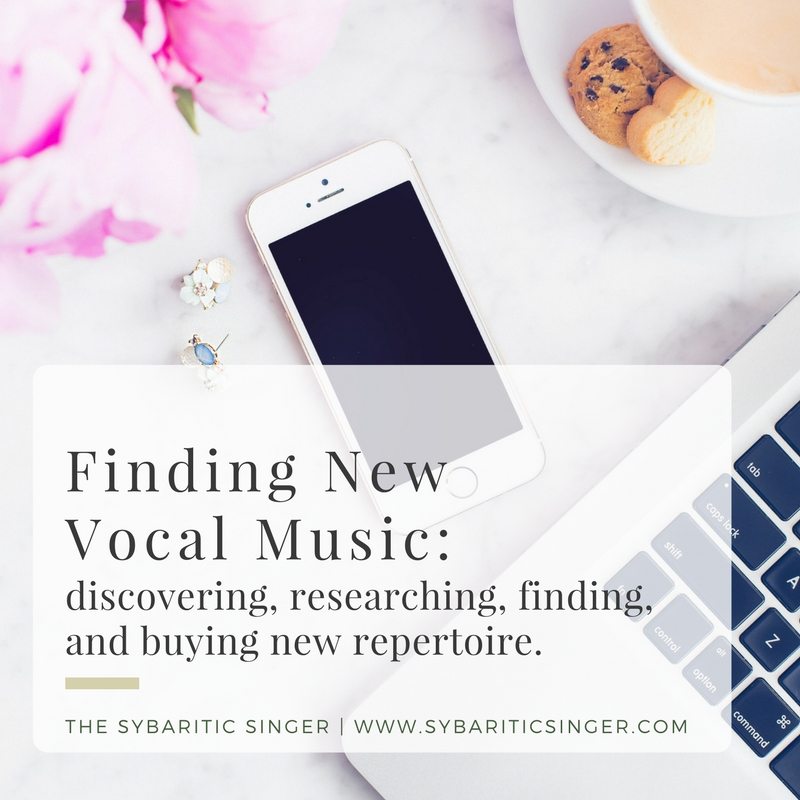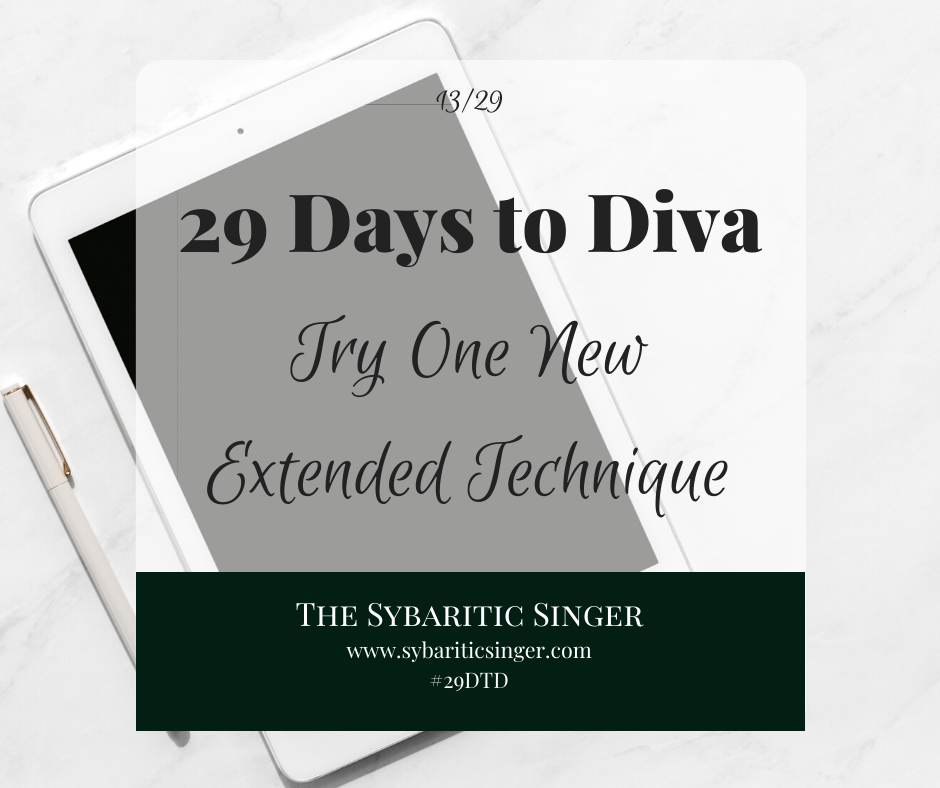As a specialist in contemporary classical music for the voice, I’ve gone about my career picking up “extended techniques” along the way. I am in love with how flexible the voice is as an instrument. We, as vocalists, get to work with a massive palette of sounds. (Plus, we get the added benefit of being able to double on a ton of instruments at the same time as our main instrument because our hands/feet are not involved in the production of our primary sound. Personally, that doesn’t always feel like an added benefit, but I’m trying to be generous here…)
Each time I come into contact with a new-to-me way to produce vocal sounds, I feel liberated. In fact, Odeya Nini (one of our diva mentors) said, “I learned overtone singing in a music therapy class at the New School and I never thought of voice in the same way again.” Please don’t misunderstand me. I don’t feel handcuffed when singing bel canto. I feel excited that I’m able to apply the sound the composer desires for their work no matter what it is. Having a robust toolbox of sounds to choose from also turns out to be one of the reasons why composers seek me out to sing their music. With new music being influenced by so many different styles and genres these days, flexibility with techniques and timbres is practically a job requirement.
[Like the images that you see in the 29 Days to Diva series? Haute Stock helps me quickly create gorgeous graphics for the Sybaritic Singer.]
29 Days to Diva Day 13 Assignment: Try One New Extended Technique
I won’t spend the space here in a lecture about “everything is technique—there’s no such thing as ‘extended techniques.'” Just know that that argument exists in the world. I know that most of you reading the Sybaritic Singer came up in the classical voice tradition. You likely have a long history of choral singing or bel canto singing in your background. For the sake of this assignment, let’s assume that anything that falls outside of technique you’ve predominantly used for your last few important gigs is going to be considered an extended technique.
What are some extended techniques for vocalists?
If you’re a jazz singer or a musical theatre belter, perhaps bel canto is your extended technique and vice verse for traditional classical singers. Now, that we have the framework for this assignment in mind, pick your technique that you’re going to explore today. Here’s a short and incomplete list of techniques as a prompt:
- Belting
- Clottal overpressure
- Forced blown (including scream)
- Glottal whistle
- Ingressive vocalizing
- Reinforced harmonics (including overtone)
- Shake
- Straight tone
- Turbulences
- Ululation
- Vocal fry
- Voiced Whistle
- Water Drop
- Yodel
When you’re exploring new techniques, get more guidance! Here are a couple of resources I want to share with you: Lexicon of Extended Vocal Techniques and Voice Science Works – Extended Techniques. There’s a pernicious feeling in academic vocal studios that extended techniques ruin voices. It doesn’t have to be that way. While your instrument is wildly capable, it is also sensitive and deserves your care and attention. Approach new-to-you techniques with the same devotion to healthy vocalism you would use in all of your work. Be highly attuned to your body. If it hurts, stop immediately. Ask yourself how to make the sounds you want to make without harming your instrument.
Now, let’s do some video learning!
Show your work!
Divas, what kinds of questions do you have about learning one new extended vocal technique today? Are you excited to try it out? Do you hear a voice teacher’s voice in your mind telling you not to do it? Are you already a rockstar at all of the techniques listed above? Share your thoughts, concerns, takeaways, and ah-ha moments with me! You can do it in the comments below. But, I would really love to see you make a Facebook or Instagram story about talk about your own experience with extended techniques. Please tag me. I’m @mezzoihnen. Don’t forget to use the hashtags #29DaysToDiva | #29DTD. I would LOVE to hear from you!

Like this post?
I bet you’d like this one too!
It hurts my heart a little bit when I see younger singers not know how to find new music. Or, they only know what is in their teacher’s personal library. I am sure that it is intimidating to find new, contemporary vocal music for the uninitiated. Furthermore, I doubt it is very convincing or compelling to tell singers to go search out living composers websites individually (which is something that I do quite often) if they don’t have the foggiest clue who to look up beyond the bold-faced names at the end of their music history textbooks.
Read all of Where Do You Find New Vocal Music? here.

